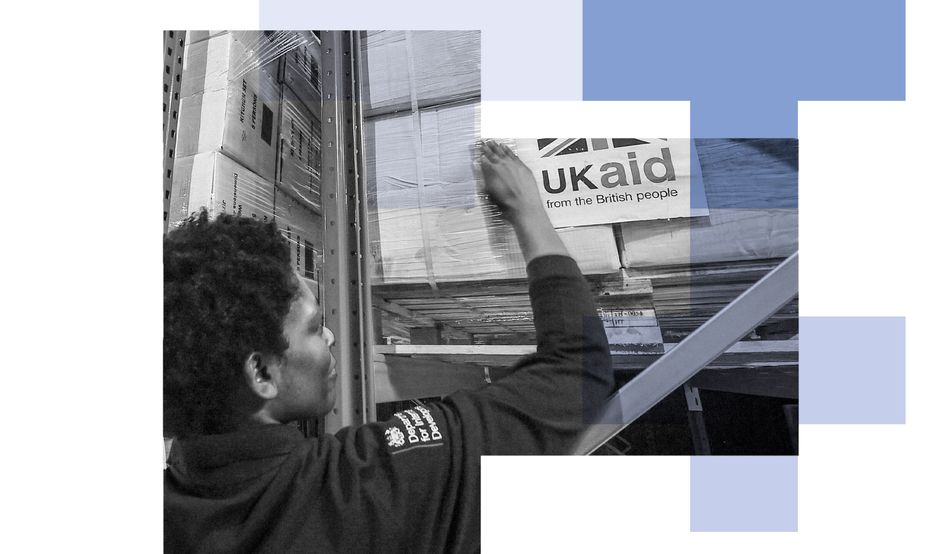In February, Keir Starmer's government announced a reduction in overseas aid spending to fund an increase in the defence budget. Six crucial figures tell the story of the cut.
£11.6bn
Within a much-reduced foreign aid budget, the UK has an ongoing commitment to maintain climate finance expenditure. The current figure of £11.6bn appears difficult to maintain, even as the need to support mitigation and adaptation efforts becomes more pressing.
83%
The UK is not the only country reducing its spending. Other western nations are cutting back, too. Most notably, the United States under president Trump. In March, Trump’s secretary of state, Marco Rubio, announced that 83 per cent of programmes under the US Agency for International Development would be cancelled. His announcement, made on the social network X, continued: “The 5200 contracts that are now cancelled spent tens of billions of dollars in ways that did not serve, (and in some cases even harmed), the core national interests of the United States.”
0.3%
Earlier this year, prime minister Keir Starmer announced that in an order to raise defence spending, his government would need to reduce foreign aid investment. As a result, aid spending would fall from 0.5 per cent of gross national income (GNI) to 0.3 per cent. The reduction will take effect from 2027. This despite a Labour manifesto commitment to return to “development spending at the level of 0.7 per cent of GNI as soon as fiscal circumstances allow”. In 2021, the previous government lowered aid spending to 0.5 per cent of GNI in response to the economic impact of the Covid-19 pandemic. Now we are heading to 0.3 per cent. Development minister Jenny Chapman refers to this as the “new normal” or, more precisely, the “0.3 world”.
£6bn
According to estimates quoted by the House of Commons Library, the reduction in aid spending equates to £9.2bn in 2027. That compares to £15.4bn were spending commitments to remain at current levels. The difference is just over £6bn. To put these figures in context, the last time the UK’s annual commitment fell below £9.2bn was in 2012. The last time it fell below 0.3 per cent was in 1999.
15
Despite a United Nations target for nations to spend 0.7 per cent of their GNI on official development assistance, only 15 countries have ever met, or exceeded, that ambition. In 2015, the UK enshrined a 0.7 per cent target into law. However, the obligations under the International Development (Official Development Assistance Target) Act can be circumvented if meeting the target negatively impacts government finances, or if other economic or global factors allow.
22%
In an apparent oxymoron, foreign aid is increasingly spent at home. It’s often used to support asylum seekers—within a year of their arrival—and, sometimes, to offer student scholarships, for example. According to Our World in Data, 22 per cent of foreign aid was spent domestically in 2023 across rich donor countries. In the UK that number was 34 per cent, higher than Germany, the United States, Canada, France and Japan. As a point of comparison—and according to the OECD—the UK spent 3.2 per cent domestically back in 2010. On its own, Home Office domestic spending on refugees amounted to 20 per cent of UK aid in 2024.













